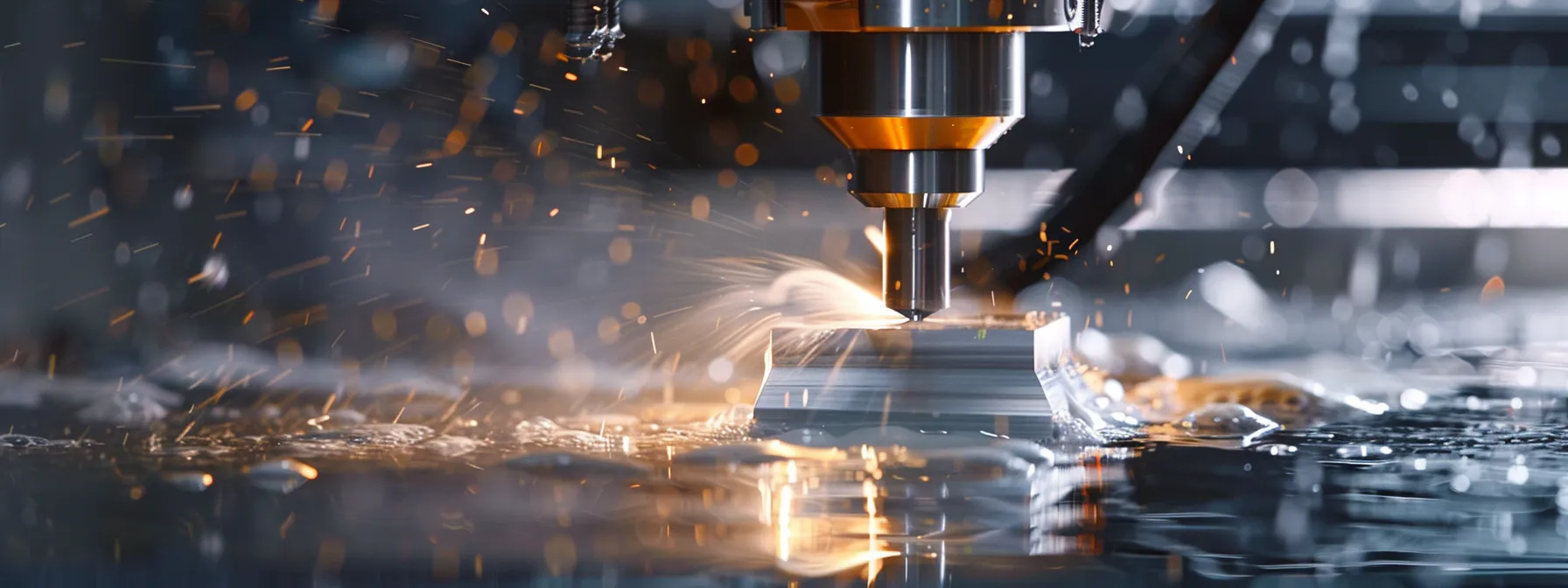In today’s competitive manufacturing landscape, efficiency and precision are paramount to success. Computer-aided manufacturing (CAM) software stands as the backbone of modern production lines, bridging the gap between digital designs and physical products. By leveraging the power of advanced CAM solutions, manufacturers can elevate their operations to new heights of agility and quality.
At its core, CAM software like ESPRIT CAM translates digital designs into commands that machines can follow to fabricate a variety of goods. These sophisticated programs optimize the manufacturing process by determining the most efficient cutting paths, material removal strategies, and tool selection.
From aerospace components to automotive parts, CAM systems deliver unparalleled precision in creating complex geometries. This leads to improved product quality and consistency, which are vital in industries where precision is non-negotiable.
Another vital aspect of CAM software is its role in shortening production cycles. By accelerating the programming phase and enabling rapid prototyping, manufacturers can bring products to market faster than ever before.
Today, CAM software integrates seamlessly with other systems, such as computer-aided design (CAD) tools and enterprise resource planning (ERP) systems, forming a cohesive manufacturing ecosystem. This connectivity ensures that data flows smoothly across all stages of production, from initial design to final quality checks.
Read Also: DOGE Software Licenses Audit Hud: Unused HUD Software Costs Taxpayers Millions

The advent of advanced CAM technologies has marked a new era in the evolution of production lines. Gone are the days of manual programming and rudimentary machine control; instead, today’s software harnesses the power of artificial intelligence, machine learning, and cloud computing. This evolution has fostered an increasingly adaptive manufacturing landscape that responds dynamically to changing market demands and product specifications.
Adapting to material variances, tool wear, and even unanticipated design changes has become seamless with modern CAM systems. The software’s ability to adjust to a multitude of factors in real-time enhances machine efficiency and helps ensure the continuity of production without sacrificing quality.
Environmental sustainability has also seen significant improvements as CAM software optimizes energy consumption and resource allocation. By fine-tuning machine operations, the software enables manufacturers to operate with greater energy efficiency, lowering their carbon footprint and operational costs.
The accessibility of advanced CAM software has grown, with cloud-based solutions providing scalable options for businesses of all sizes. Whether it’s a large-scale enterprise or a small workshop, manufacturers have unprecedented access to powerful tools that were once the preserve of industry giants.
When selecting CAM software, it’s crucial to consider a variety of features that can make or break the efficiency and operability of your production line. One of the primary features is a user-friendly interface that simplifies programming for operators and reduces training time. Coupled with this, advanced simulation capabilities enable users to verify and tweak machine operations before executing them on the shop floor, preventing costly errors.
Robust support for multi-axis machining is another essential feature for any cutting-edge CAM system. This ability allows manufacturers to create intricate parts with complex contours that would otherwise be impossible or highly time-consuming to produce manually.
Compatibility is also a significant factor to keep in mind. The best CAM software should be compatible with a wide range of machines and able to integrate with your existing CAD files.
Finally, forward-thinking CAM solutions offer advanced analytics and reporting tools. These insights enable managers and engineers to track production efficiency, anticipate maintenance needs, and make informed decisions.
To maximize the benefits of CAM software, companies must employ best practices during implementation. It starts with a thorough needs analysis that encompasses all aspects of production. Identifying the current bottlenecks and envisioning the desired outcomes will help pinpoint the right solution.
Training and user competence should not be overlooked; they are critical components of a successful implementation. Investing in comprehensive training programs ensures that staff can harness the full potential of the software from the outset.
Integrating CAM software with other systems within the manufacturing operation facilitates a seamless production cycle. The interoperability between CAM, CAD, and other management systems is essential for data consistency and a holistic approach to production planning and control.
Lastly, continuous improvement should be the guiding principle for any CAM software deployment. Regularly reviewing performance metrics, collecting operator feedback, and staying informed about software updates are all practices that contribute to sustained efficiency gains and competitive advantages in manufacturing.
Overall, the integration of cutting-edge CAM software into your production line can be a game-changer. Implementing the right CAM solution and following best practices ensures that your production line remains at the forefront of technological advancements, ready to meet the challenges of modern manufacturing.
You May Also Like: How to Build an Ad Funnel With an AI Ad Generator

